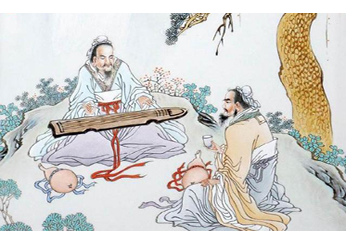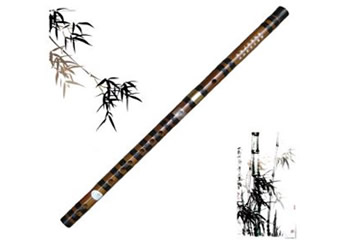Chinese Bowed String Instrument, Banhu and Morin Khuur
The banhu, also called yehu, qinhu, huhu, daxian, and piao, emerged along with clapper opera. It is shorter than the erhu, and oftenmade from coconut shells or wood and bamboo.The rods are mostly made from hard wood. The bow hair is placed between the two strings for playing. In the huqin family,the banhu belongs to one of the powerful high-tone musical instruments.Its timbre is sonorous, clear, and unique, suitable for showing lively, warm,and unrestrained feelings.The banhu can be used for solos and ensembles, and is also an important accompaniment instrument for the Hebei bangzi,pingju opera,lü opera,Henan Opera,Shaanxi Opera, Shanxi opera, Lanzhou drum opera, daoqing opera, and other operas and folk art forms.
The horse head string instrument is a unique bowed instrument of the Mongolian people. It is called molin khuer by Mongolians. It is named after the horse's head carved on its upper part. Legend has it that the instrument became widespread among Mongolian people in the 12th century. Its sound box is made from pine and made into a trapezoidal shape. Both sides are covered with horse skin or sheepskin. Its rod is thin and long, made from Elmwood or red sandalwood. The two strings are made from horsetails, and so are the bowstrings. With a large volume and mellow sound, it has rich impressive forces, and is often used for solos and accompaniment for folk songs and rap.




